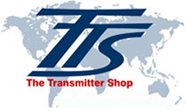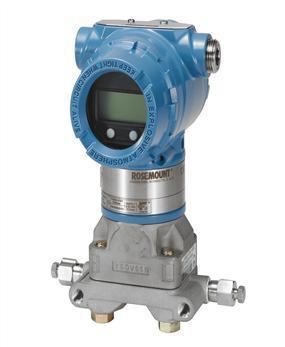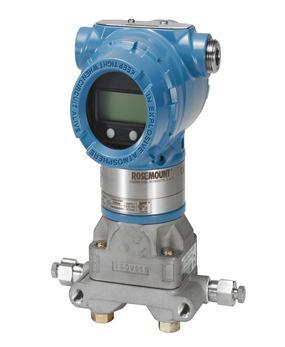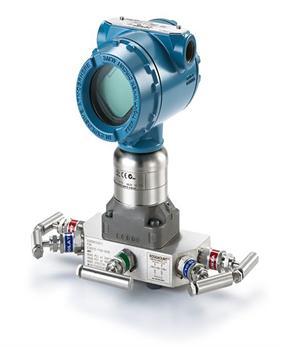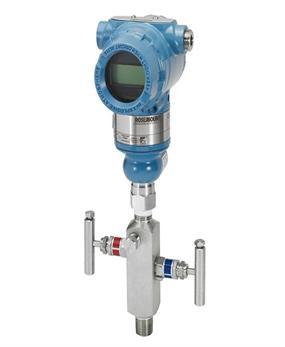BLOG
An Ultimate Selection Guide for Flow Transmitters
Brian Craig
July 23, 2021
Factors to Consider To Select an Appropriate Flow Transmitter
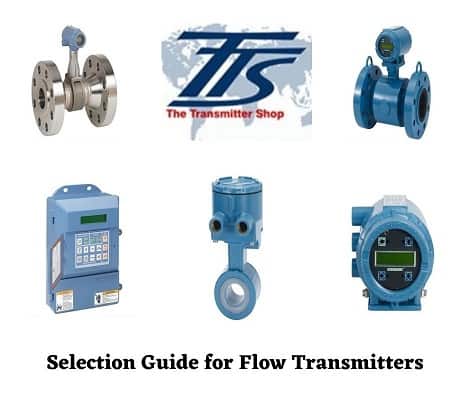
The consideration of the following factors can lead to a selection of appropriate flow transmitters for industrial processes.
-
Fluid Properties:
Different types of fluids, liquids, or gases are used during industrial processes. Measuring, monitoring, and controlling the flow of certain fluids differs based on their properties. The following properties of fluid should be considered while selecting a flow sensor or transmitter.- State of fluid- The fluid can be liquid or gaseous which should be considered while selecting flow sensors.
- Density- The density of the fluid can impact fluid pressure, therefore should be considered.
- Viscosity- The fluid flow is affected by viscosity, therefore, it should be checked.
- Chemical composition and reactivity- Several industrial fluids may react with different materials. This may lead to toxic chemical reactions, therefore chemical composition and reactivity of fluid must be tested before choosing flow sensors and transmitters.
-
Metering Setup:
The flow sensors feature different types of flow metering setups. There are different methodologies by which the flow measurement can be performed. Commonly, the following metering methodologies are implemented in the flow sensors.-
Orifice Plates:
The flow sensors are sometimes equipped with orifice plates to measure the liquid flow. In this type of flow metering methodology, the pressure difference at entering and departing ends of the narrow orifice opening of the varying cross-section are calculated. -
Venturi Tubes:
If the Venturi tube system is incorporated in the flow sensor, the flow measurement takes place according to the Bernoulli Effect of pressure and flow variation. This type of flow sensing methodology is considered effective as 90% of pressure drop can be recovered during flow measurement. -
Flow Nozzles:
The flow nozzle methodology works similarly to Venturi tubes. However, pressure recovery is not done in flow nozzles. The differential pressure is calculated in order to meter the variations in the fluid flow. -
Pilot Tubes:
This metering setup consists of two pilot tubes of small diameter. One measures the pressure impact and the other measures the potential difference that causes the difference in flow transmission rate.
Based on the type of metering setup utilized in the flow sensor, the sensitivity, accuracy, and other measuring, monitoring, and control capabilities of the flow transmitter differ. Therefore, consideration of metering setup must be considered.
-
-
Electronic Considerations:
Since the flow transmitters are electro-mechanical devices, the electronic circuitry must be considered before buying a flow transmitter. The flow transmitters consist of electronic feedback circuitry. The efficiency of feedback circuitry defines the efficiency of the monitoring and control mechanism of the transmitter. That is why it is essential to check the electronic circuitry of flow transmitters.The factors like electric input, analog current, voltage, frequency and pulse signals, etc come under the consideration of electronic considerations.
-
Accuracy:
The accuracy of flow measurement and monitoring is essential. The transmitters with at least 0.15% accuracy should be chosen for optimum results. -
Material:
The material consideration is essential because the flow sensors are exposed to harsh environmental conditions, temperature and pressure fluctuations, etc. The material of the transmitter should be chosen after considering chemical tolerance, corrosion resistance, temperature tolerance, etc. -
Quality Standards:
The quality standards should be checked before the purchase of the flow transmitter. In order to select high-quality flow transmitters, compliance with industry standards such as ISO, RoHS, etc must be checked.Now that all the considerations for the selection of flow transmitters are discussed, it is essential to choose a reliable manufacturer or supplier to source these devices from. You should source from a trusted supplier like The Transmitter Shop in order to ensure the quality and performance of the flow transmitters. The company offers high-quality flow transmitters from trusted brands like Foxboro flow transmitters,Rosemount flow transmitters, etc.
Related Posts
Pressure Monitoring in Pump Systems: A Comprehensive Guide
Common Challenges in Air Flow Measurement and How to Overcome Them
Monitoring and Controlling Energy Production in Power Plants
Understanding the Impact of Pressure Fluctuations on Drying Performance
Understanding Pressure Ranges and Units for Fluid System Monitoring
The Benefits and Challenges of HVAC System Balancing
Procedure to Calculate Accuracy of Pressure Transmitter Discussed
Pressure Transmitters vs. Pressure Transducers: Learn the Differential Characteristics
Multivariable Transmitter: What Is It and How Does It Work?
How Do You Test for 4 to 20mA Signal in a Pressure Transmitter?
Temperature Transmitter: How to Select The Efficient One for Your Application?
Flow Meter vs Flow Transmitter: Know the Difference
Absolute and Gauge Pressure Transmitters - Overview and Working Principle
HART Communication Protocol: Overview, Working Principle, Benefits in Industrial Automation
What is Absolute Pressure Transmitter & how does it work?
How Do You Calibrate A Flow Transmitter?
Remote Seals: Significance, Working Principle & Applications
How to Select Pressure Transmitter for Your Application?
How to Choose Diaphragm Seals for Your Application?
Difference in Conventional Transmitters and Smart Transmitters
What Are Diaphragm Seals and Their Types?
Rosemount 2088 Vs Rosemount 3051 – A Few Points of Differences Discussed
Rosemount 3051S vs 3051C Transmitter – What is Your Choice?
Impact of Shock and Vibration on Pressure Transducer
Safety Tips for Differential Pressure Transmitter Operation
Factors to Consider When Choosing a Pressure Transmitter Manifold
Tips to Improve the Performance of Pressure Sensors
Important Calibration Tips for Pressure Sensors
5 Most Popular Pressure Transmitter Technologies
Factors of Consideration When Choosing Pressure Transmitters
Tips to Augment the Performance and Service Life of Pressure Transmitter
Factors To Be Considered While Differentiating $40 and $400 Pressure Transmitters
An Unconventional Guide to Selecting the Right Pressure Sensor
3 Major Pressure Transmitter Technologies That Made the Device Popular
The Features and Benefits of Rosemount 1199 Direct Mount Transmitters
What are the Steps Involved in Calibrating Pressure Gauge?
All Important Questions on Reconditioned Transmitters Answered
Is Remanufactured Transmitter a Better Option than a New One?
Differential Pressure Transmitters: How Do They Help in Flow Measurements?
3 Whats that Explain How Often You Should Calibrate Pressure Transducer
Guidelines for Troubleshooting Pressure Transducers
Learn How to Calibrate a Pressure Transmitter – II
Learn How to Calibrate a Pressure Transmitter
Know Three Interesting Uses of Pressure Transmitters
